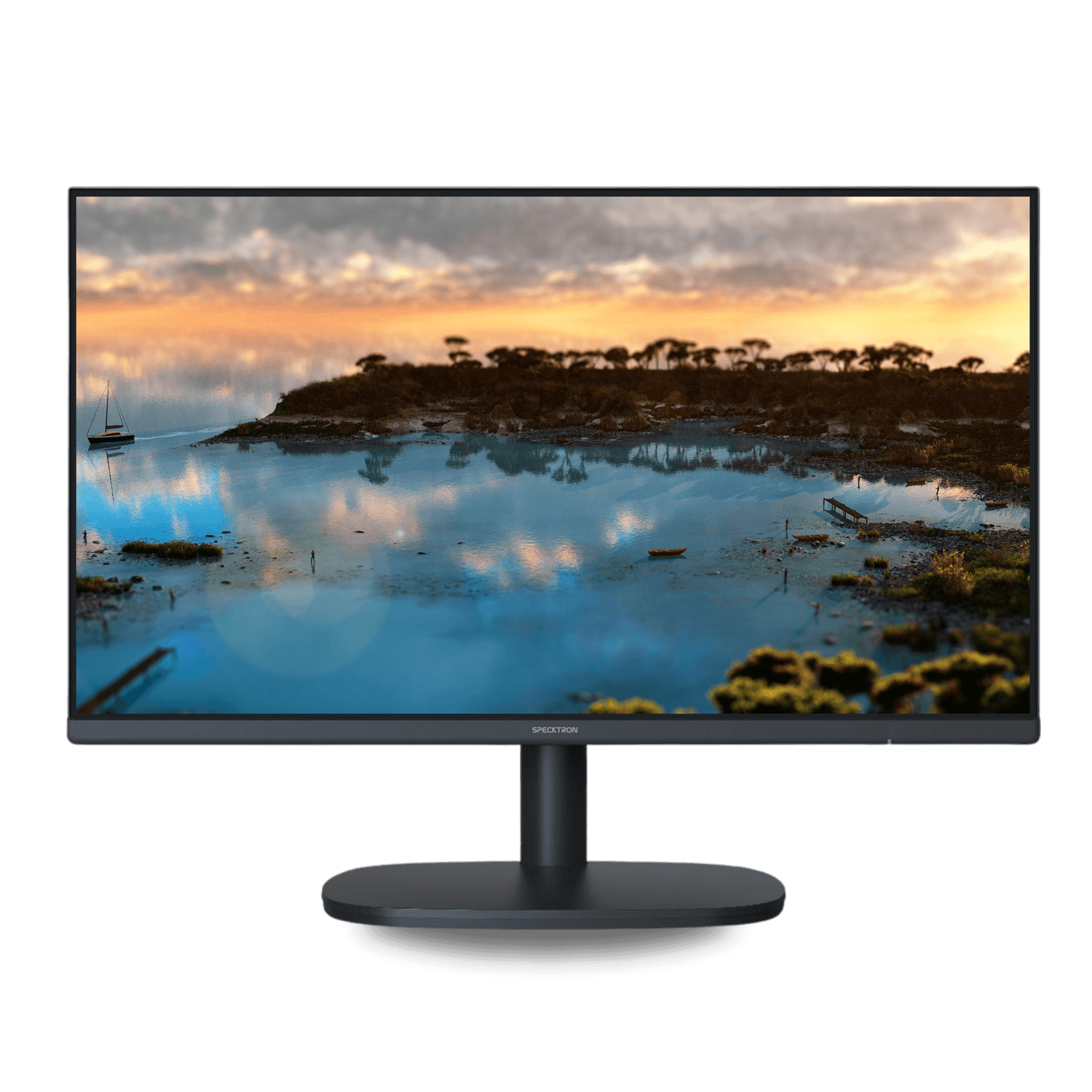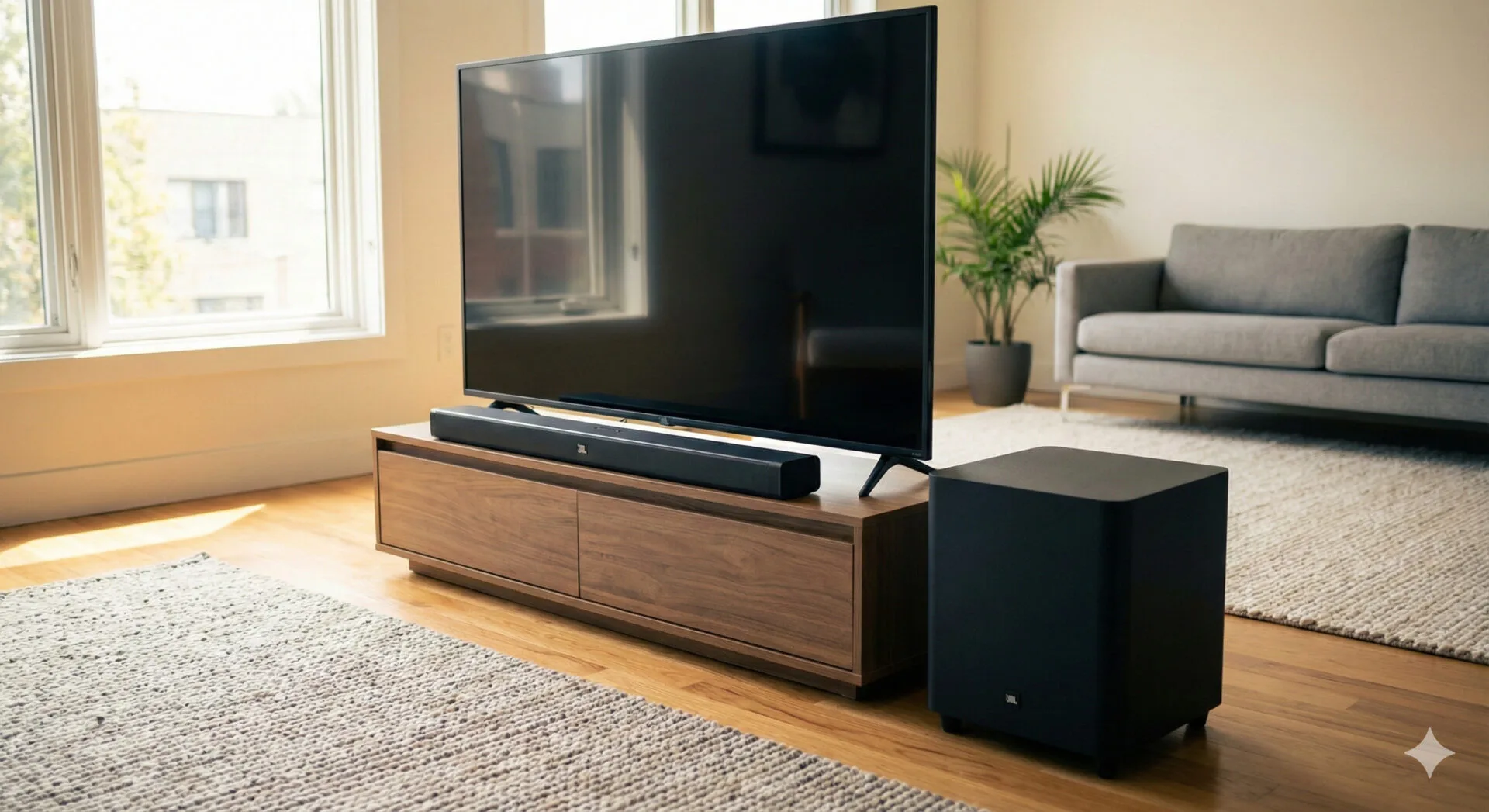In an age when our screens seamlessly shift between productivity tools and entertainment hubs, choosing the right display has become essential. Whether you’re wrapping up a work presentation, streaming your favorite show, diving into a gaming session, or indulging in creative pursuits, the monitor you pick shapes your entire experience. This guide explores why going for a model with built-in speakers and an adjustable stand isn’t just smart—it’s transformative.
1. The Multifaceted Role of Today’s Monitors
Once upon a time, monitors were strictly for office tasks. You’d stare at spreadsheets, browse documents, and respond to emails. Those days have evolved. Now, the same screen that showed you financial reports also streams blockbuster movies, hosts late-night virtual hangouts, and brings vibrant gaming worlds to life. Essentially, it wears multiple hats: productivity enabler, entertainment portal, social connector, and creative canvas.
Because of this, one display now needs to serve many roles. High resolution and accurate color reproduction are musts for graphic design and video editing. A fast refresh rate and responsive panel matter for gamers. Clear sound enhances video calls, webinars, and casual listening. Adjustable ergonomics ensure comfort during long hours. The right smart monitor doesn’t just do the job—it adapts to it.
2. Why Built-In Speakers Make Sense
You might think external speakers or headphones are the only way to get good audio—but built-in speakers often strike the best balance for general use. Here’s why they deserve your attention:
Decluttered workspace: With audio integrated into the screen, you skip extra cables and free up desk space. No need for tangled wires or extra gear crowding your setup.
Casual audio needs: Listening to background music, tuning into a podcast, or catching audio in a casual meeting? Built-in speakers are perfectly adequate.
Simpler travel and setup: Using a monitor in different rooms or even on the go becomes easier without carrying a whole audio rig.
Cost-efficient: You get a combined display and sound system at a competitive price, often cheaper than buying two devices separately.
While audiophiles may still opt for dedicated speakers or headphones, for everything else—from work calls to YouTube videos and background playlists—integrated sound is both functional and convenient.
3. The Ergonomic Advantage of an Adjustable Stand
Comfort matters. Especially for those long workdays or gaming marathons. Monitors equipped with adjustable stands—allowing for height, tilt, swivel, and pivot—support healthy posture and minimize physical strain:
Height control helps align your upper body, reducing neck strain.
Tilt flexibility allows you to position the screen to reduce glare or find your ideal viewing angle.
Swivel and pivot offer convenience for sharing your screen or switching between landscape and portrait modes for reading or coding.
Prevent eye strain Positioning your screen at eye level and at a proper distance encourages a more natural line of sight.
Ergonomic positioning not only boosts comfort; it enhances focus and gets you through the day without fatigue.
4. Display Specs That Elevate Experience
Good hardware starts with thoughtful specs. Let’s break down what makes a monitor truly versatile:
Resolution: Go for at least 1920×1080 (Full HD), or 2560×1440 (QHD) for sharper detail. Creatives might prefer 4K if they work with high-resolution content.
Panel type: IPS panels offer accurate colors and wide viewing angles—great for creative work and casual watching. VA panels provide deeper contrast, while TN panels excel in speed, loved by gamers.
Refresh rate: Standard 60Hz suits productivity, but 120Hz or higher benefits gaming and fast-moving video. Adaptive sync technologies (like FreeSync or G‑Sync) reduce stutter and screen tearing.
Response time: Low response times (5 ms or less) keep motion smooth—key for gaming and fast scenes in video.
Connectivity: HDMI and DisplayPort are essential. USB-C with power delivery and daisy‑chain support is a bonus for modern laptops. Extra USB-A ports and a headphone jack are convenient extras.
Investing in a panel that checks these boxes ensures it handles office essentials, streaming, media editing, and gaming alike.
5. Designing for Dual Work‑and‑Home Lifestyles
As our work and leisure worlds blend, so should our monitors. The ideal pick supports remote work yet adapts to unwind mode. Look for:
Energy‑saving modes: Blue‑light filters, sleep timers, and power‑saving settings reduce energy use and eye fatigue.
VESA mount compatibility: Want a clean, elevated setup? VESA support lets you use monitor arms or wall mounts.
Thinner bezels and flexible display: Sleek aesthetics help the monitor blend into any environment, whether professional or relaxed.
Gaming modes: Some monitors let you flip between color profiles—vivid mode for streaming, balanced for web work, game‑optimized for evening fun.
This adaptability keeps the workspace efficient and the home scene relaxed and enjoyable.
6. Picking the Right All‑In‑One Display
Let’s bring it together: you want a display with built-in speakers, flexible ergonomics, sharp visuals, and seamless connectivity. Here’s how to evaluate actual products:
- Check sound performance. Try demos or reviews to ensure the speakers are clear enough for meetings and casual audio. Don’t expect hi‑fi, but you want clarity and volume.
- Test adjustability. A good stand lowers to desk level and raises so the top aligns with your eyes. Tilt, swivel, and pivot should feel smooth, not stiff.
- Compare panels. Need true color? Go IPS. Prefer deeper blacks for movie nights? Choose VA. Crave slick gaming visuals? TN or high‑refresh IPS is the sweet spot.
- Weight and mount options. A heavy monitor is less flexible if you plan to move it often. VESA mounts give freedom to elevate and reposition.
- Port selection. USB‑C power delivery (65 W or more) is excellent for modern laptops. Extra USB ports or daisy‑chain DisplayPorts can support multi‑monitor setups.
- Budget wisely. Expect to pay more for monitors that combine strong ergonomics, good sound, and high image quality—but they can replace multiple devices and simplify setup.
7. Real-Life Use‑Case Scenarios
The Remote Worker:
- Morning: video calls with clear audio.
- Daytime: spreadsheets, documents, email at ergonomic heights.
- Evening: stream tutorials or light TV.
A monitor with both sound and a flexible stand eliminates extras and streamlines productivity.
The Student / Creative:
- During lectures: audio built‑in for webinars.
- For drawing or editing: rotate vertically to code or write.
- Gaming break: vibrant visuals and smooth refresh.
This setup supports study, creation, and downtime without changing devices.
The Hybrid Entertainer:
- Work mode: raised screen, comfortable typing, and Zoom.
- Movie night: tilt and optimize for full‑screen immersion.
- Social gaming: speakers are nice for voices, chat, and effects.
A single display adapts to all needs, keeping the space clean and functional.
8. Buying Tips and Where to Shop
Hands‑on first: Visit a showroom to test speaker clarity and stand adjustments.
Read reviews: Look for those that mention both sound and ergonomics—don’t just focus on image quality.
Warranty and support: Some brands include on‑site warranty or advanced replacement—handy for long hours and heavy use.
Sales seasons: Black Friday, back‑to‑school, and year‑end discounts often include midrange monitors with speaker‑stand combos.
Trusted brands: Consider Dell, ASUS, LG, BenQ, and HP—they typically offer models that balance ergonomics and sound.
9. Maintaining Your Setup
Once you’ve picked the perfect monitor, a little care keeps it performing:
Clean regularly: Use a microfiber cloth and gentle cleaner; speakers may need a soft brush to rid lint.
Update firmware: Occasionally, manufacturers release display or audio tweaks—plug it into your PC to update.
Manage cables: Velcro ties or cable clips bring order and protect ports.
Re‑calibrate if needed: Periodic color calibration ensures accuracy for editing tasks.
10. The Final Balance: Work, Watch, Win
A great monitor with built-in speakers and adjustable ergonomics is more than a screen—it’s a central hub tailored for every mode of your day. It helps you power through tasks, elevates entertainment, empowers creativity, and keeps you comfortable for hours.
If you’re in the market for a reliable Home & Office Monitor, prioritize sound clarity, ergonomic flexibility, visual sharpness, and thoughtful connectivity. The right screen becomes your multifunctional partner: start work, enjoy a movie, jump into gaming, or brainstorm your next project—all on one seamless display. Work, watch, and win—every moment, on every front.
Read also: A Guide to Electrical Motorised Screens for Modern Homes






Leave a Reply